Home>Furniture>Outdoor Furniture>How To Prevent Rust On Patio Furniture
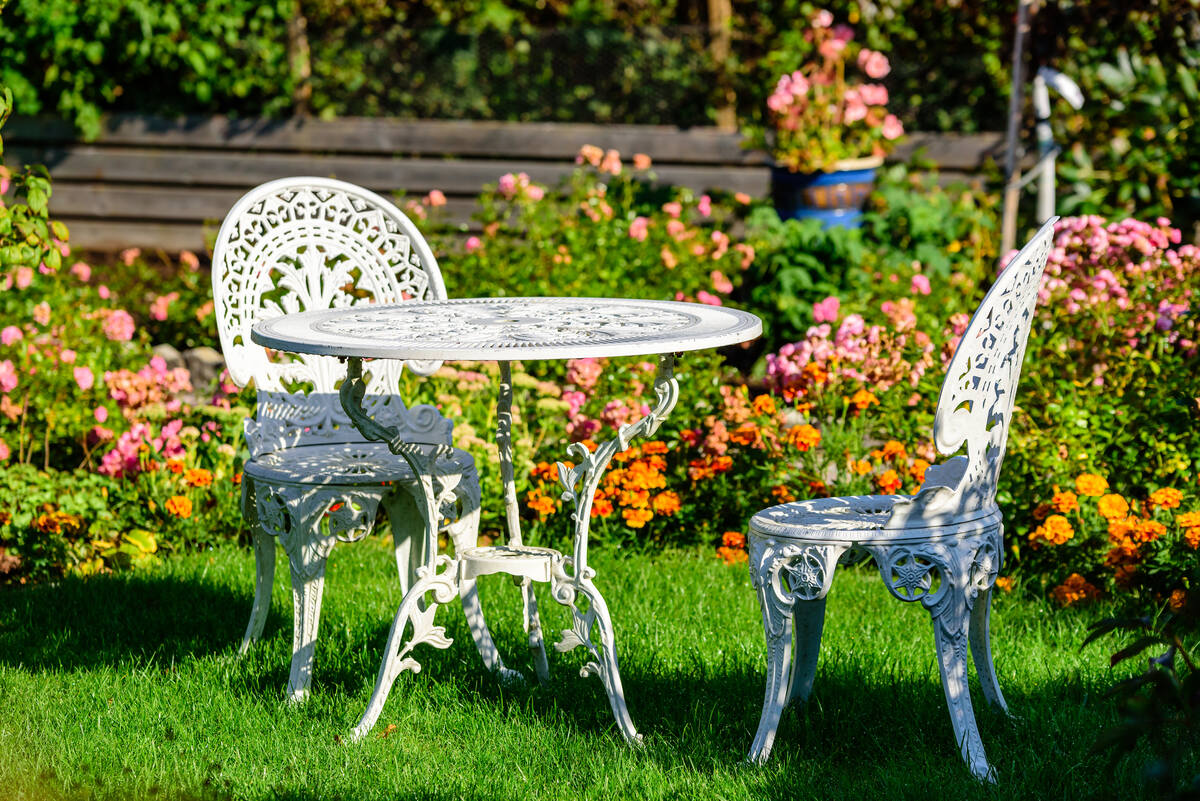

Outdoor Furniture
How To Prevent Rust On Patio Furniture
Modified: March 7, 2024
Learn how to keep your outdoor furniture looking great for years with our tips on preventing rust. Protect your investment with our expert advice.
(Many of the links in this article redirect to a specific reviewed product. Your purchase of these products through affiliate links helps to generate commission for Storables.com, at no extra cost. Learn more)
Introduction
Outdoor furniture is a valuable investment that can transform your patio or garden into a cozy and inviting space. However, one common issue that plagues many outdoor furniture owners is rust. Rust not only detracts from the aesthetic appeal of your furniture but can also weaken its structural integrity over time. That’s why it’s essential to take proactive measures to prevent rust and ensure the longevity of your patio furniture.
In this article, we will delve into the causes of rust on patio furniture and provide you with effective strategies to prevent and combat it. By implementing these tips and incorporating them into your regular maintenance routine, you can enjoy rust-free outdoor furniture for years to come.
Key Takeaways:
- Keep your outdoor furniture rust-free by cleaning and applying protective coatings regularly. Remember to inspect for damage and store it indoors during the off-season to ensure its longevity.
- Choose rust-resistant materials like aluminum, stainless steel, or teak wood when purchasing new patio furniture to minimize the risk of rust formation and enjoy long-lasting durability.
Understanding the Causes of Rust on Patio Furniture
Before we discuss how to prevent and combat rust on patio furniture, it’s important to understand the underlying causes. Rust is a result of a chemical reaction called oxidation, which occurs when metal is exposed to oxygen and moisture for an extended period of time. This reaction causes the metal to corrode and form a reddish-brown coating known as rust.
Patio furniture, often made from iron, steel, or aluminum, is susceptible to rust due to its constant exposure to outdoor elements. Here are some common causes of rust on patio furniture:
1. Moisture: Rain, humidity, and even morning dew can contribute to moisture buildup on your outdoor furniture. When metal is exposed to prolonged moisture, it accelerates the oxidation process and increases the likelihood of rust formation.
2. Saltwater: If you live near the coast or have a pool, the salt in the air or water can expedite the corrosion process. Salt acts as a catalyst, promoting the formation of rust on metal surfaces.
3. Scratches and Chips: Any scratches, chips, or dings on the protective coating of your patio furniture can expose the bare metal underneath. Without a barrier, the metal is more susceptible to moisture and oxidation, leading to rust formation.
4. Poor Quality Materials: Patio furniture made from low-quality materials or with subpar protective coatings is more prone to rust. Cheaper metals may not have proper rust-resistant properties, making them more susceptible to corrosion.
Understanding these causes of rust will help you implement effective prevention and maintenance strategies to keep your patio furniture looking its best. Now, let’s move on to the next step: cleaning and removing existing rust.
Cleaning and Removing Existing Rust
If you notice rust on your patio furniture, it’s crucial to address it promptly to prevent further damage. Here are some steps to effectively clean and remove existing rust:
1. Prepare the area: Find a well-ventilated and well-lit space to work on your furniture. Lay down a drop cloth or old newspapers to protect the surrounding area.
2. Remove loose rust: Use a wire brush or sandpaper to gently scrub the surface of the furniture and remove any loose rust. Be sure to wear protective gloves and a dust mask to avoid inhaling any particles.
3. Apply a rust dissolver: For tougher rust stains, consider using a rust dissolver or a commercial rust remover. Follow the instructions on the product label and apply it to the affected areas. Allow it to sit for the recommended time to dissolve the rust.
4. Scrub the rusted areas: Use a scrub brush or an old toothbrush to scrub the rusted areas, focusing on removing all traces of rust. Rinse the furniture thoroughly with water to remove any residue from the rust dissolver.
5. Dry the furniture: After cleaning, ensure that your patio furniture is completely dry. Use a clean cloth or towel to pat dry the surface and eliminate any remaining moisture.
6. Apply rust-inhibiting primer: Once the furniture is dry, apply a rust-inhibiting primer to create a protective barrier against future rust formation. Make sure to follow the instructions on the primer label and apply an even coat.
7. Paint or seal the furniture: After the primer has dried, you can paint or seal your patio furniture with a rust-resistant paint or clear sealant. This additional layer of protection will help prevent rust and extend the lifespan of your furniture.
By diligently cleaning and removing existing rust, you can revive your patio furniture and ensure its continued durability. However, prevention is always better than cure. In the next section, we will explore how to apply protective coatings to safeguard your furniture from rust.
Applying Protective Coatings
One of the most effective ways to prevent rust on your patio furniture is by applying protective coatings. These coatings act as a barrier between the metal surface and external elements, inhibiting oxidation and rust formation. Here are some protective coating options to consider:
1. Paint: Painting your patio furniture is a popular and versatile option for protecting against rust. Choose a high-quality, rust-resistant paint specifically formulated for outdoor use. Before painting, clean the furniture thoroughly and remove any existing rust. Apply multiple coats of paint, allowing each coat to dry completely before applying the next.
2. Clear Sealant: If you prefer to keep the natural look of your metal furniture, a clear sealant can be an excellent option. Choose a sealant designed for outdoor use and apply it according to the manufacturer’s instructions. The sealant will create a protective barrier that prevents moisture and oxygen from reaching the metal surface.
3. Protective Spray: There are various rust-protective sprays available on the market that are specifically designed to prevent rust formation. These sprays usually contain corrosion inhibitors that bond to the metal surface, providing long-lasting protection. Follow the directions on the product label and apply the spray evenly to all exposed areas of your patio furniture.
4. Galvanizing: Galvanizing is a process where a layer of zinc is applied to the metal surface to provide corrosion resistance. This method is commonly used for steel furniture. It’s best to consult a professional for galvanizing services to ensure proper application and durability.
Regardless of the protective coating option you choose, be sure to regularly inspect your patio furniture for any signs of wear or damage. Touch up any areas that may have chipped or peeled to maintain the integrity of the protective barrier.
Remember that applying protective coatings is only one part of the equation. Regular maintenance and care are equally important to prevent rust. Let’s explore some maintenance tips in the next section.
To prevent rust on patio furniture, regularly clean and dry the furniture, apply a rust-resistant primer and paint, and use furniture covers during inclement weather.
Regular Maintenance and Care
Maintaining your patio furniture is crucial to prevent rust and extend its lifespan. Here are some regular maintenance and care tips to keep your furniture in optimal condition:
1. Clean regularly: Regularly clean your patio furniture to remove dirt, debris, and any potential corrosive substances. Use a mild soap or detergent mixed with water and a soft brush or sponge. Avoid using abrasive cleaners or brushes that may scratch the surface.
2. Remove cushions and fabric: If your furniture comes with cushions or fabric, remove them and store them indoors when not in use. Moisture can get trapped beneath the cushions, leading to rust formation. Storing them indoors will also protect them from the harmful effects of sunlight and other outdoor elements.
3. Inspect for damage: Routinely inspect your patio furniture for any signs of damage, such as rust spots, chipped paint, or loose screws or joints. Promptly address any issues to prevent further deterioration. Tighten loose screws and touch up areas with chipped paint or protective coatings.
4. Apply a protective wax or oil: Consider applying a protective wax or oil specifically designed for outdoor metal furniture. These products provide an additional layer of protection against moisture and oxidation. Follow the instructions on the product label for the best results.
5. Keep furniture dry: After rain or dew, ensure that your patio furniture is thoroughly wiped dry. Moisture left on the surface can lead to rust formation. Pay special attention to crevices and hard-to-reach areas where water can accumulate.
6. Store indoors during the off-season: If possible, store your patio furniture indoors during the off-season or when not in use for an extended period. This will provide additional protection against the elements and help prolong its lifespan.
By incorporating these regular maintenance practices into your routine, you can significantly reduce the risk of rust and keep your patio furniture looking its best for years to come.
However, even with regular maintenance, it’s crucial to protect your furniture from the elements when not in use. Let’s explore some strategies for keeping your patio furniture covered in the next section.
Read more: How To Fix Rusted Patio Furniture
Keeping Patio Furniture Covered
One of the most effective ways to prevent rust on your patio furniture is by keeping it covered when not in use. Protective covers provide an extra layer of defense against moisture, UV rays, and other outdoor elements. Here’s what you need to know about keeping your patio furniture covered:
1. Choose the right covers: Opt for covers specifically designed for outdoor furniture. Look for covers made from durable, waterproof materials that offer UV protection. Be sure to measure your furniture accurately to ensure a proper fit.
2. Cover individual pieces: Cover each piece of patio furniture individually rather than stacking them together. This ensures that each piece is fully protected. Additionally, covering individual pieces allows air circulation, reducing the chances of trapped moisture.
3. Secure the covers: Ensure that the covers are properly secured to prevent them from blowing off in windy conditions. Some covers come with built-in straps or ties, while others may require additional fasteners like bungee cords or clips.
4. Remove cushions and fabric: Before covering your furniture, remove any cushions or fabric and store them indoors. This prevents moisture buildup and allows for easier cleaning and maintenance.
5. Invest in storage solutions: If your patio furniture is not in use for an extended period, consider investing in storage solutions such as storage sheds, bins, or racks. These provide additional protection against the elements and keep your furniture in excellent condition.
6. Winterize your furniture: In colder climates, it’s essential to take extra precautions. When storing your patio furniture for the winter season, thoroughly clean and dry it first. Apply a protective coating and wrap the furniture in a weatherproof tarp or blanket for added insulation.
By keeping your patio furniture covered when not in use, you can shield it from rain, snow, sun exposure, and other harsh elements, significantly reducing the risk of rust formation. However, it’s equally important to invest in rust-resistant materials when purchasing new furniture. Let’s explore this in the next section.
Using Rust-Resistant Materials
When purchasing new patio furniture, selecting rust-resistant materials can be a proactive step in preventing rust and ensuring the longevity of your outdoor furniture. Here are some rust-resistant materials to consider:
1. Aluminum: Aluminum is a popular choice for outdoor furniture due to its natural resistance to rust and corrosion. It is lightweight, durable, and can withstand various weather conditions without deteriorating. Look for furniture with a powder-coated or anodized finish for added protection.
2. Stainless Steel: Stainless steel is another excellent option for rust-resistant furniture. It contains chromium, which forms a protective layer on the surface, preventing corrosion. Stainless steel furniture is highly durable, stylish, and requires minimal maintenance.
3. Teak Wood: If you prefer the natural aesthetics of wood, teak is an ideal choice for outdoor furniture. Teak is naturally rich in oils that make it resistant to moisture, rot, and rust. Look for furniture made from sustainably sourced teak and apply teak oil periodically to enhance its natural protective properties.
4. Wrought Iron: Wrought iron furniture is known for its beauty and durability. However, it requires proper maintenance to prevent rust. Look for furniture with a weather-resistant powder-coated finish, and regularly inspect and touch up any areas where the coating may have worn off.
5. Synthetic Wicker: Synthetic wicker furniture is a popular choice for outdoor settings. Unlike natural wicker, synthetic wicker is resistant to moisture and rust. It is typically made from materials like resin or polyethylene, providing long-lasting performance with minimal maintenance.
When selecting outdoor furniture, be sure to inquire about the rust-resistant properties and maintenance requirements of different materials. Additionally, consider the climate and specific environmental factors in your area, such as humidity, saltwater exposure, or intense sunlight, as these can affect the longevity of your furniture.
By choosing patio furniture made from rust-resistant materials, you can significantly reduce the risk of rust formation and enjoy your outdoor space without constant worry.
Let’s conclude the article in the next section.
Conclusion
Preventing rust on your patio furniture is essential for maintaining its appearance, structural integrity, and overall longevity. By understanding the causes of rust and implementing effective strategies, you can enjoy rust-free outdoor furniture for years to come.
Start by cleaning and removing any existing rust from your furniture, using appropriate tools and rust dissolvers. Once the surface is clean, apply protective coatings such as paint, sealants, or rust-resistant sprays to create a barrier against moisture and oxidation. Regular maintenance, including cleaning, inspection, and applying protective wax or oil, is crucial to keeping your furniture in optimal condition.
Remember to keep your patio furniture covered when not in use. Invest in high-quality covers that fit properly, and remove cushions and fabric to prevent moisture buildup. If possible, store your furniture indoors during the off-season or when not in use for extended periods.
When purchasing new patio furniture, opt for rust-resistant materials such as aluminum, stainless steel, teak wood, wrought iron with a powder-coated finish, or synthetic wicker. These materials are designed to withstand outdoor elements and minimize the risk of rust formation.
By following these preventive measures and regularly caring for your patio furniture, you can ensure its beauty, durability, and functionality for many years to come. Enjoy your outdoor space with the peace of mind that your furniture is protected from rust and ready to provide you with comfort and relaxation.
Frequently Asked Questions about How To Prevent Rust On Patio Furniture
Was this page helpful?
At Storables.com, we guarantee accurate and reliable information. Our content, validated by Expert Board Contributors, is crafted following stringent Editorial Policies. We're committed to providing you with well-researched, expert-backed insights for all your informational needs.
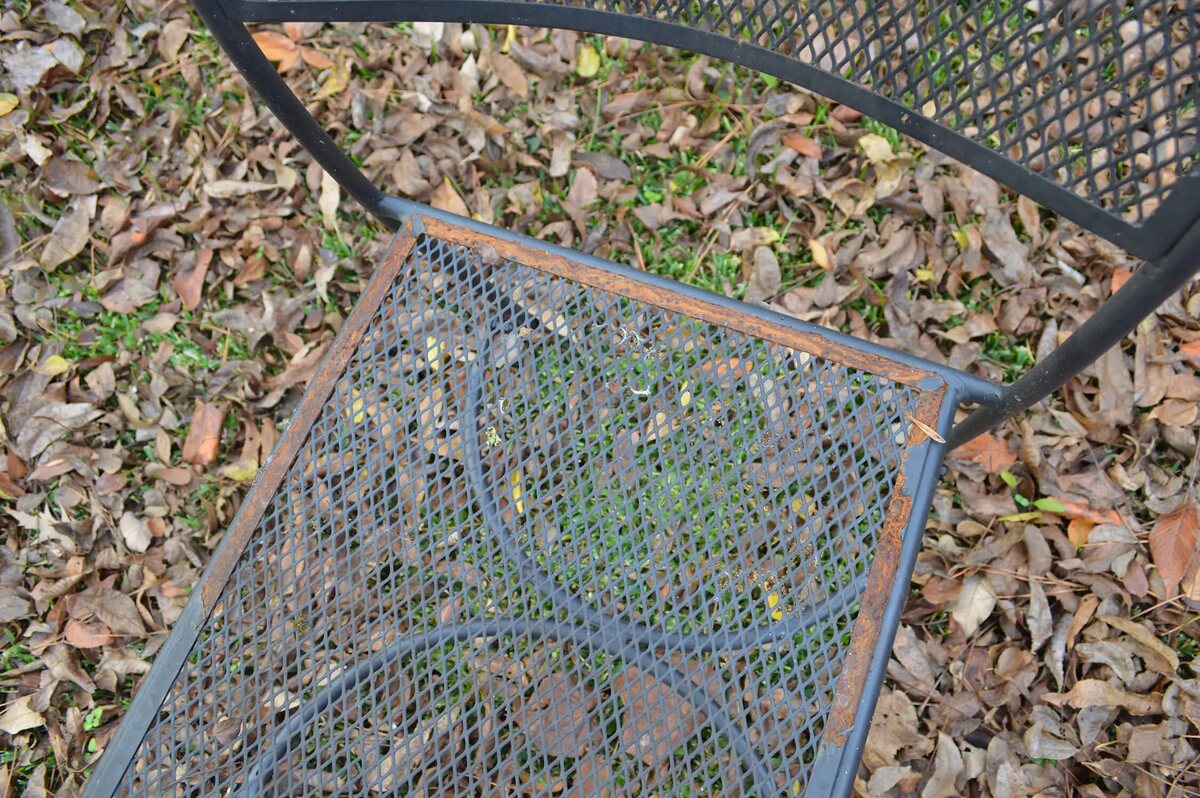
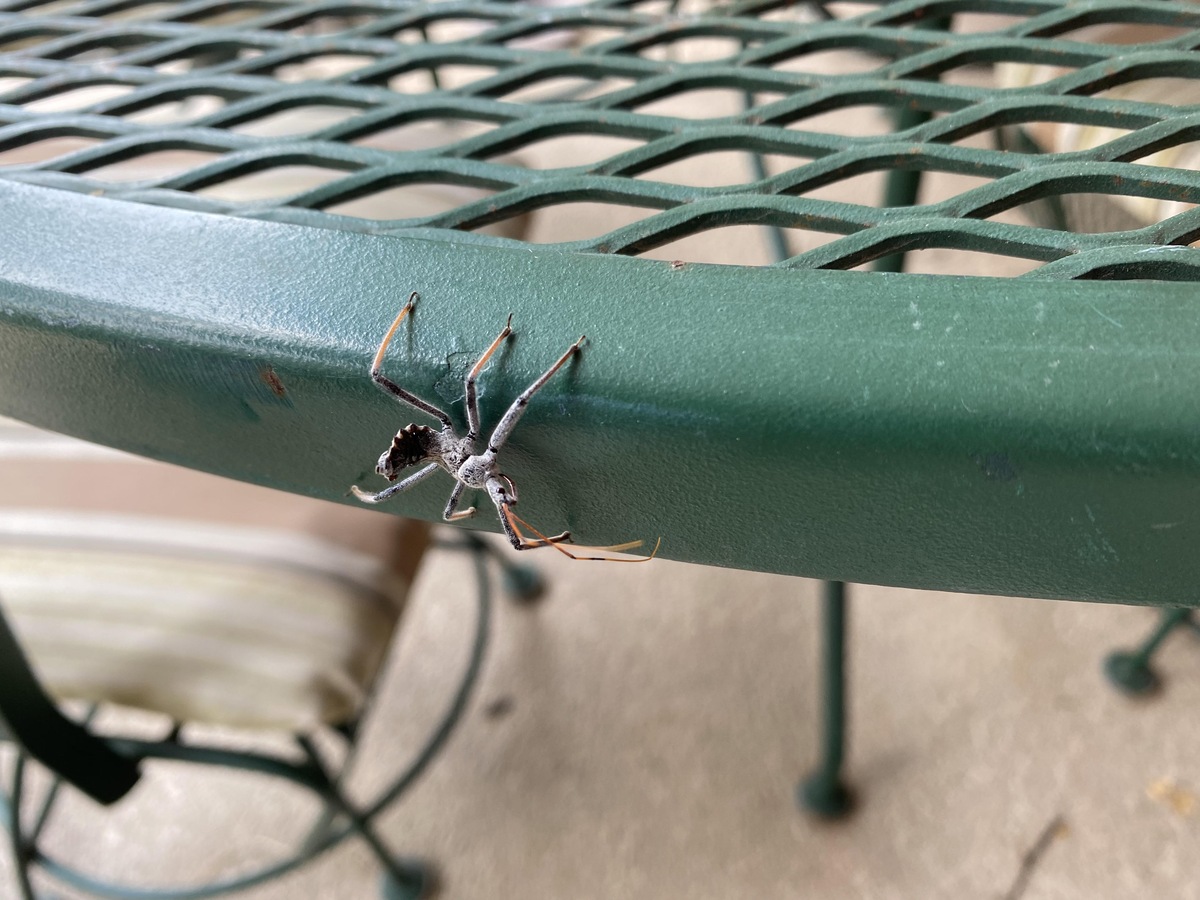
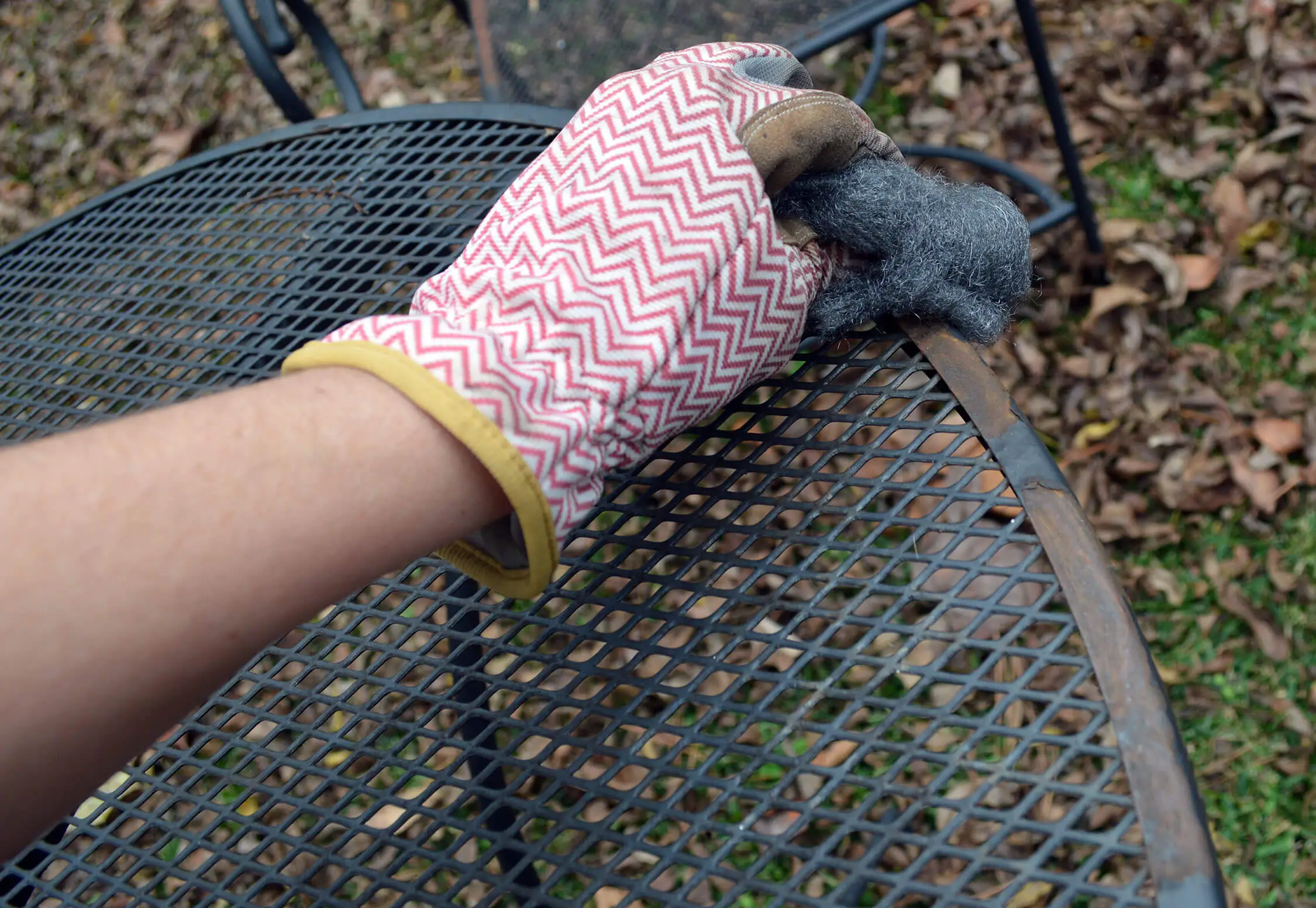
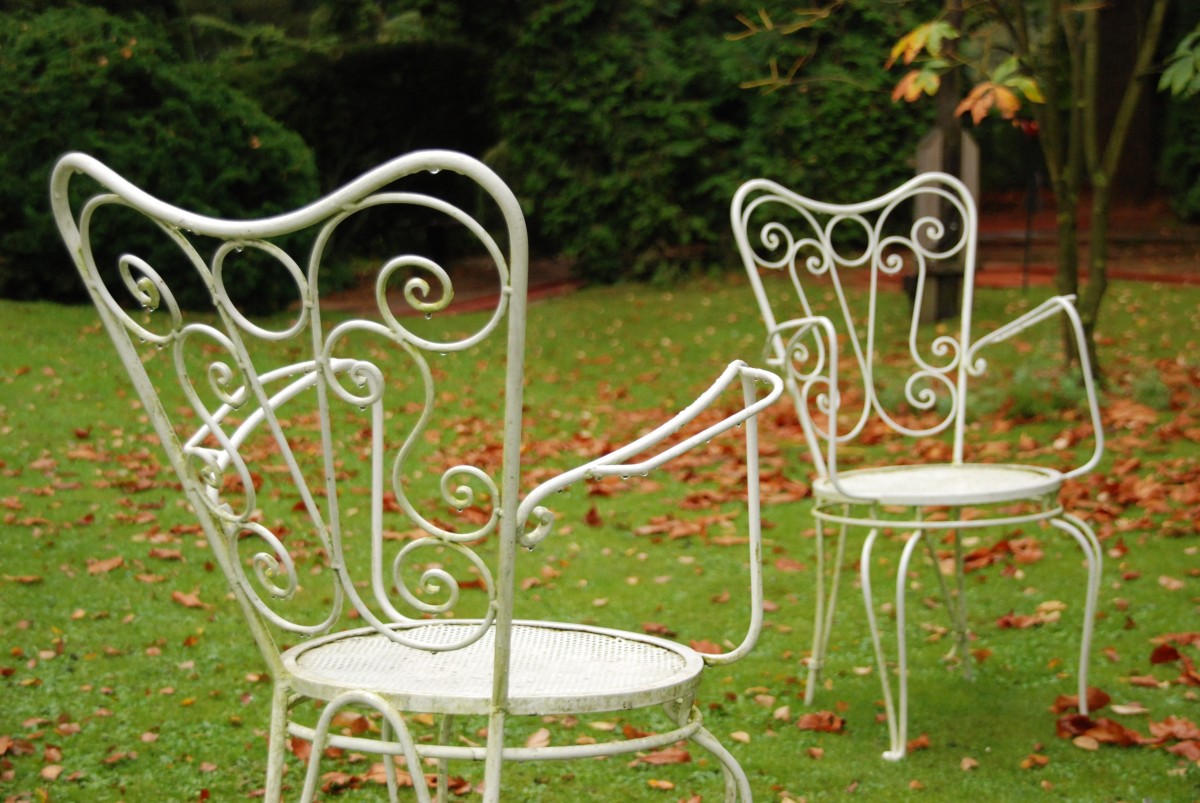
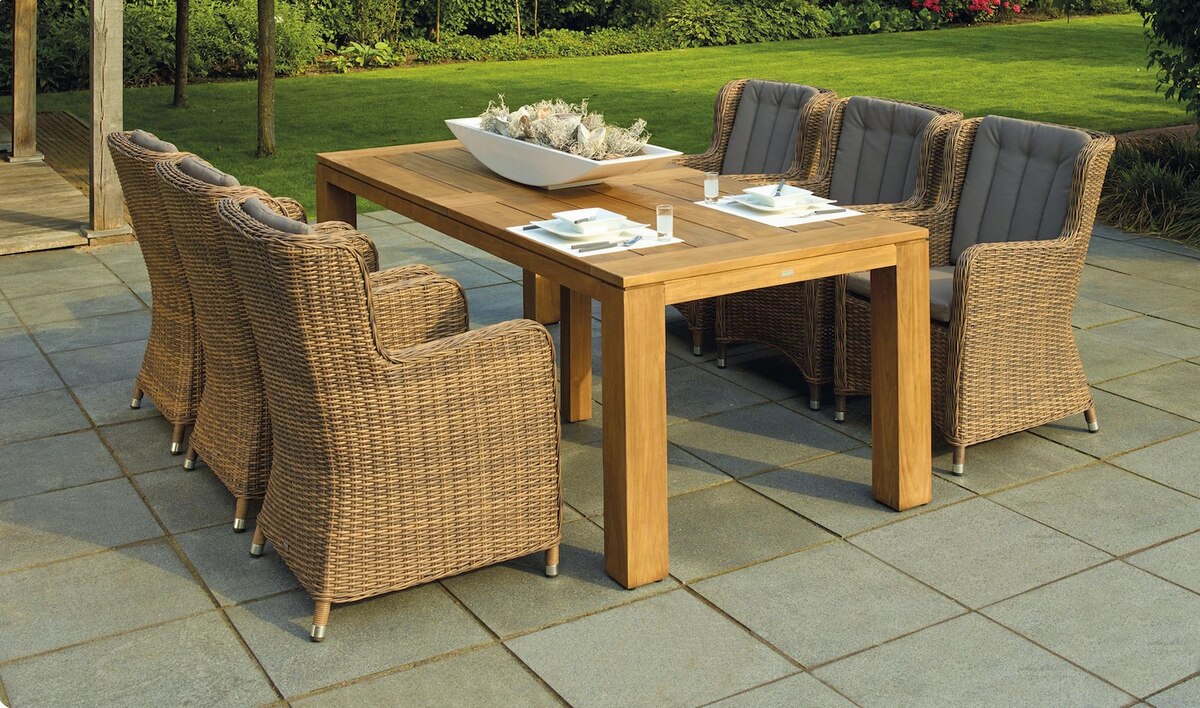
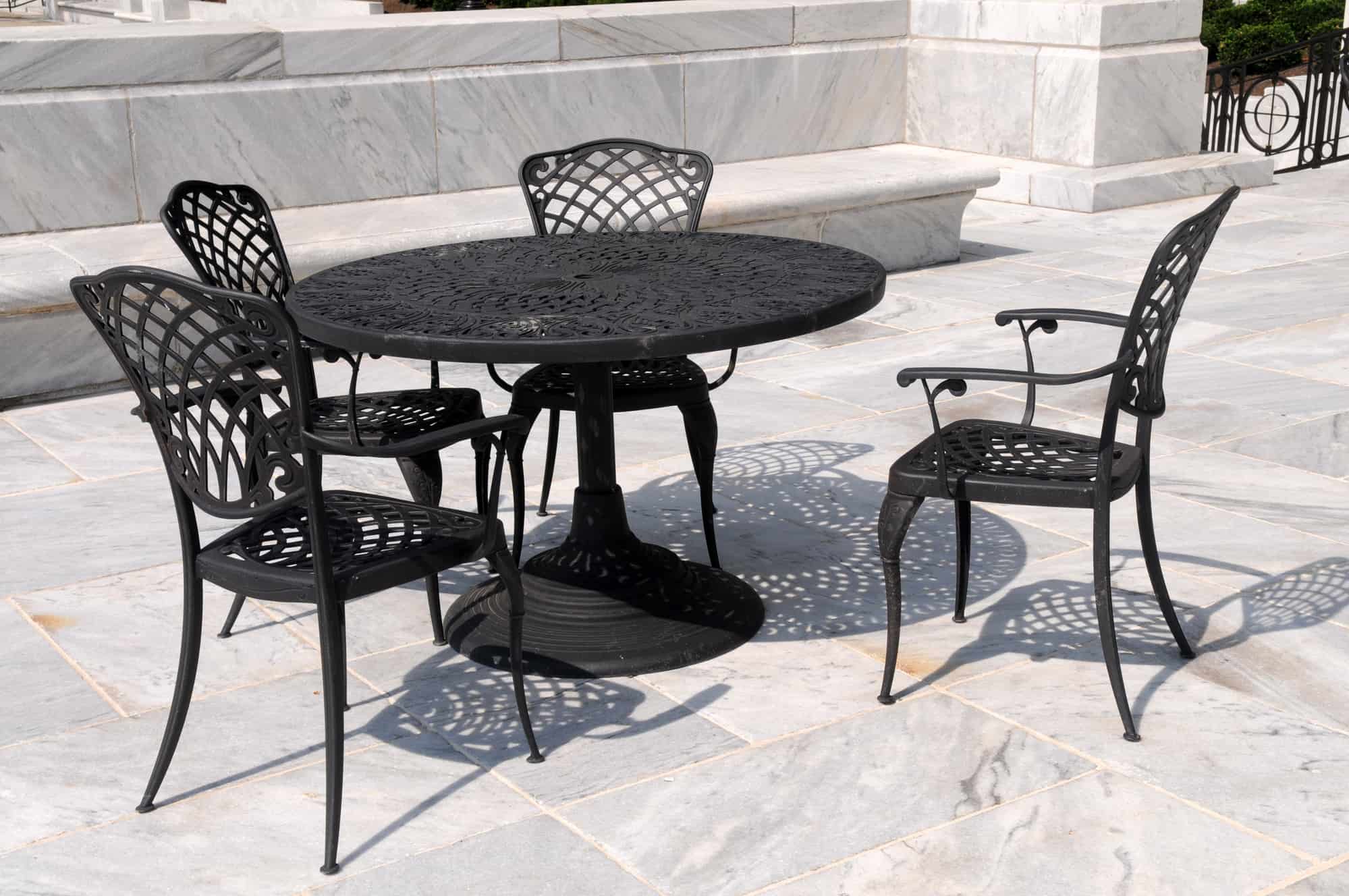
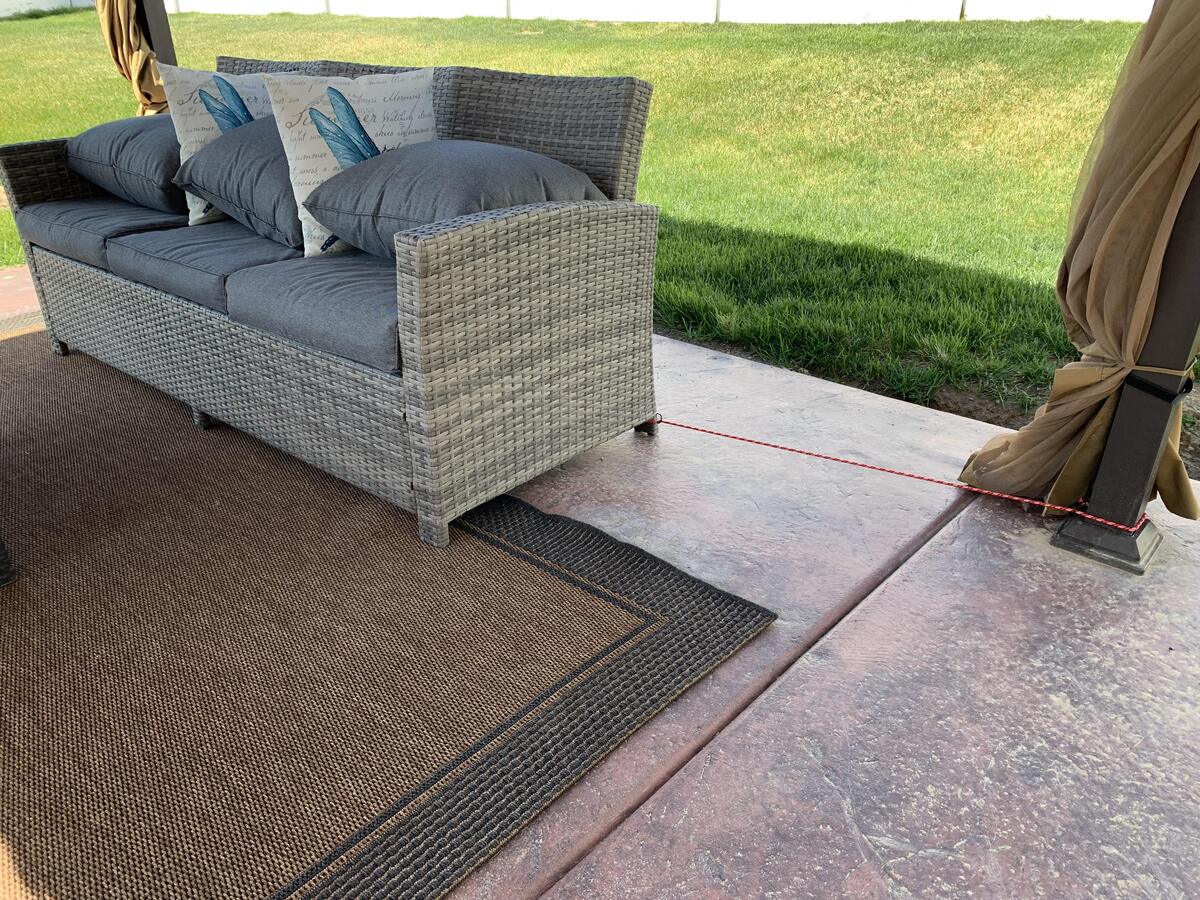
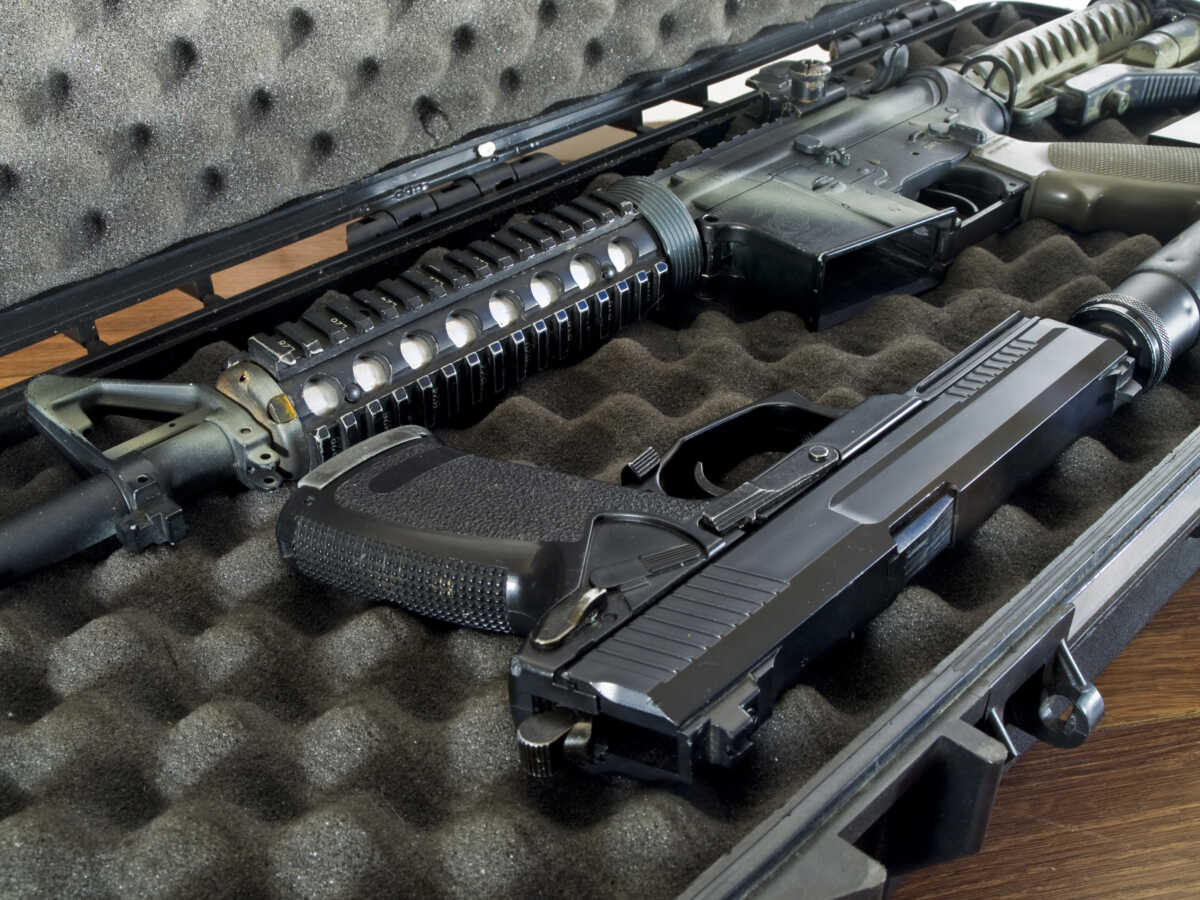
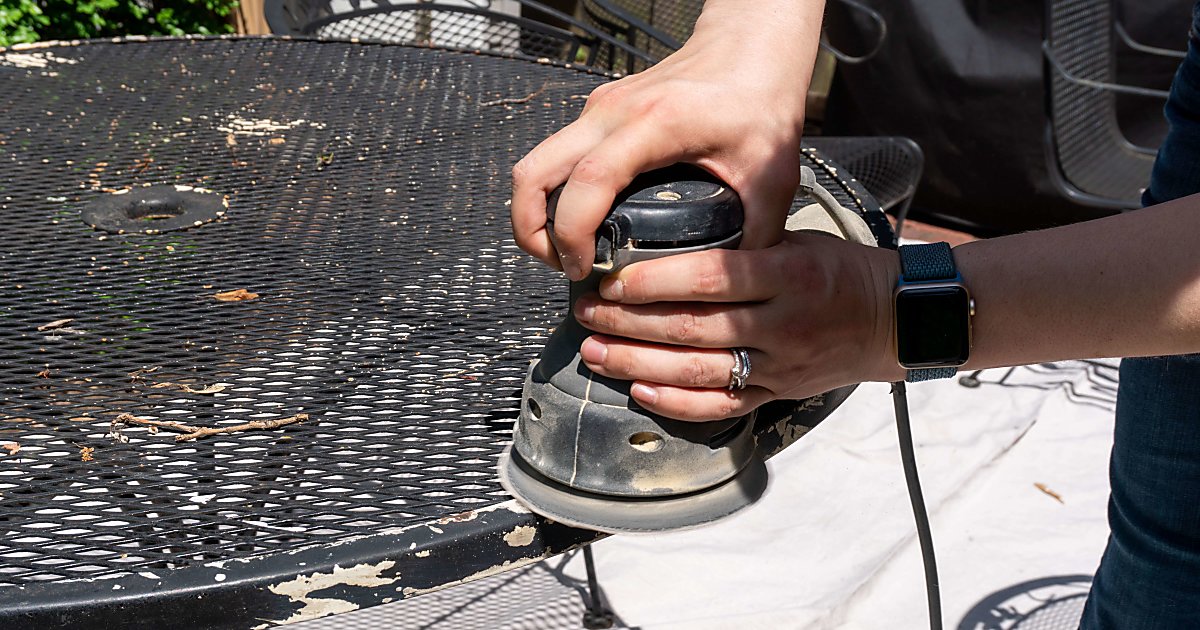
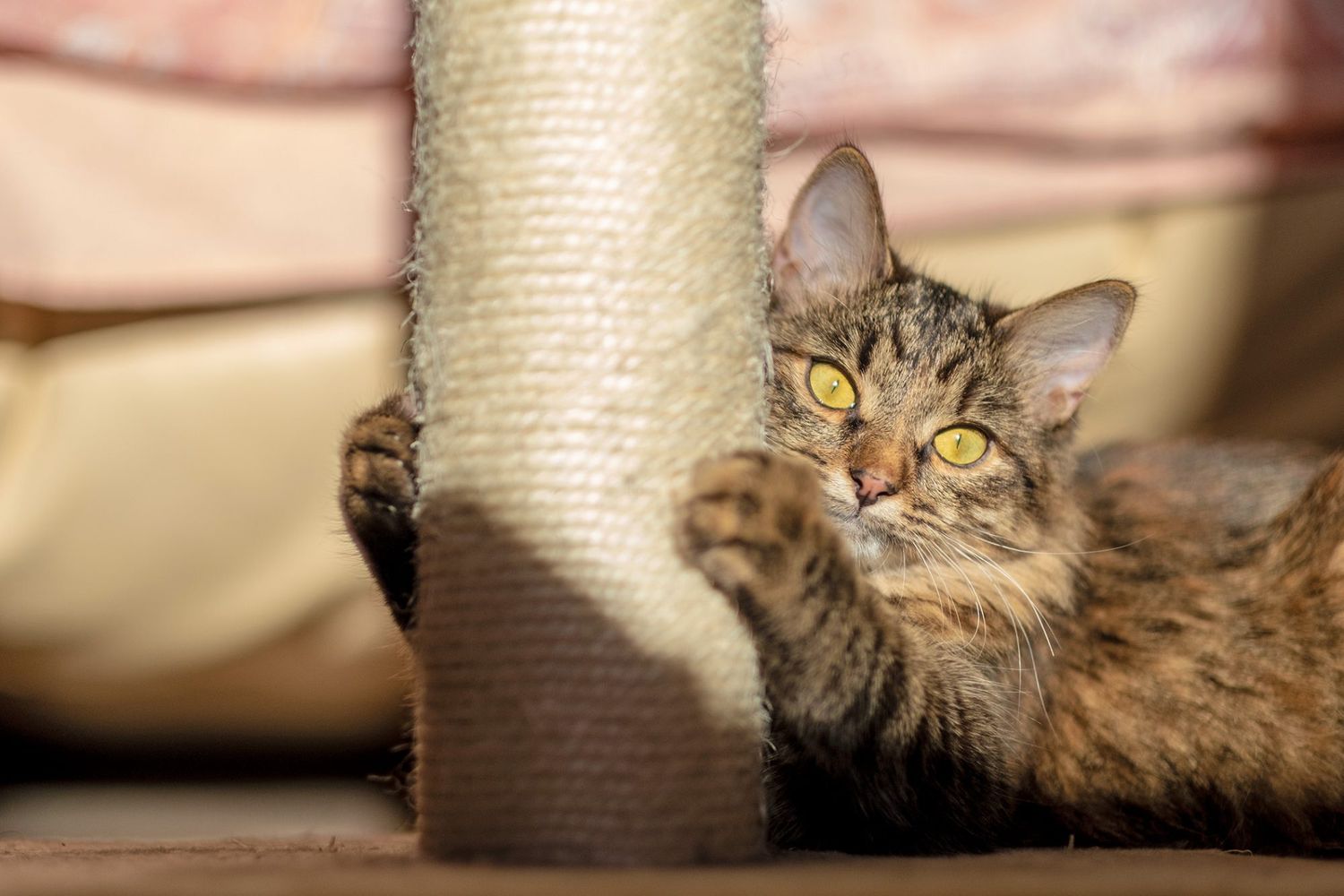
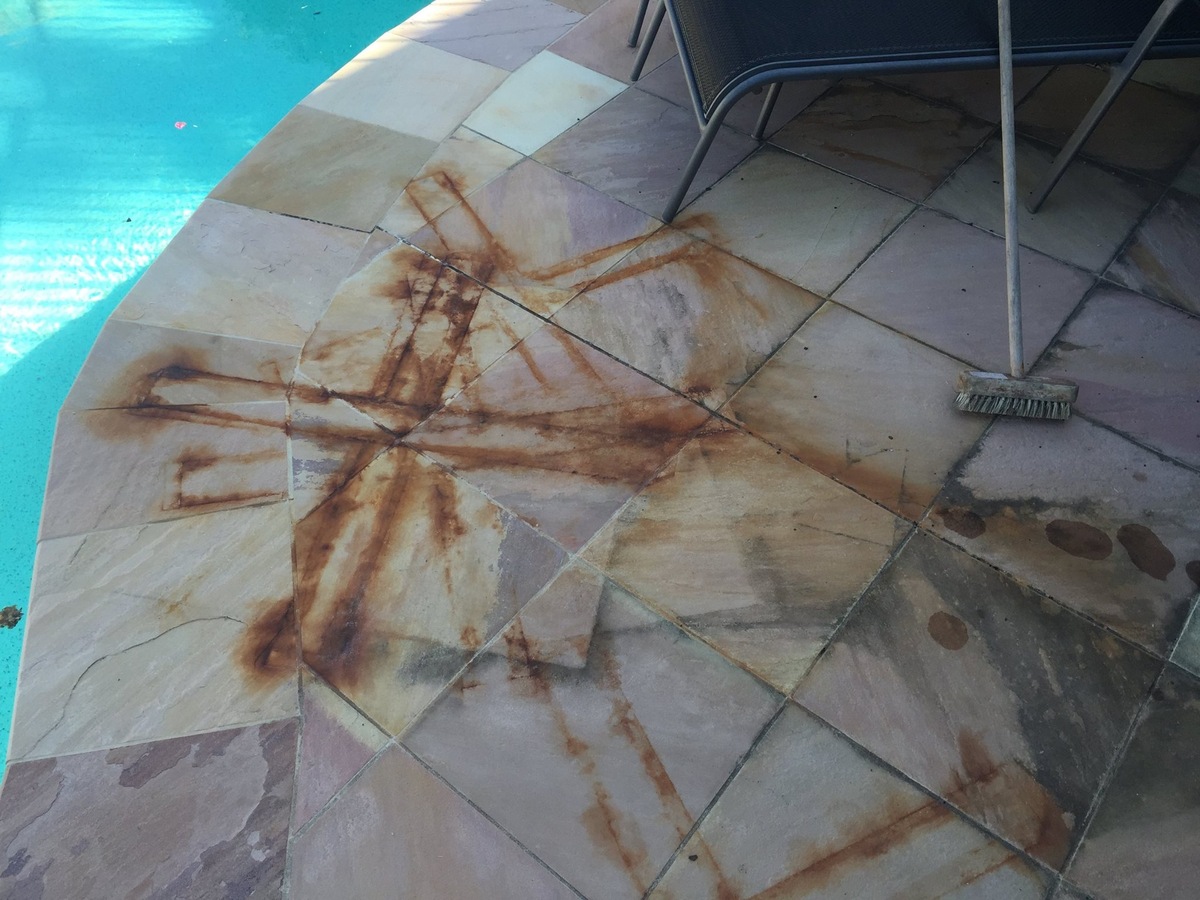
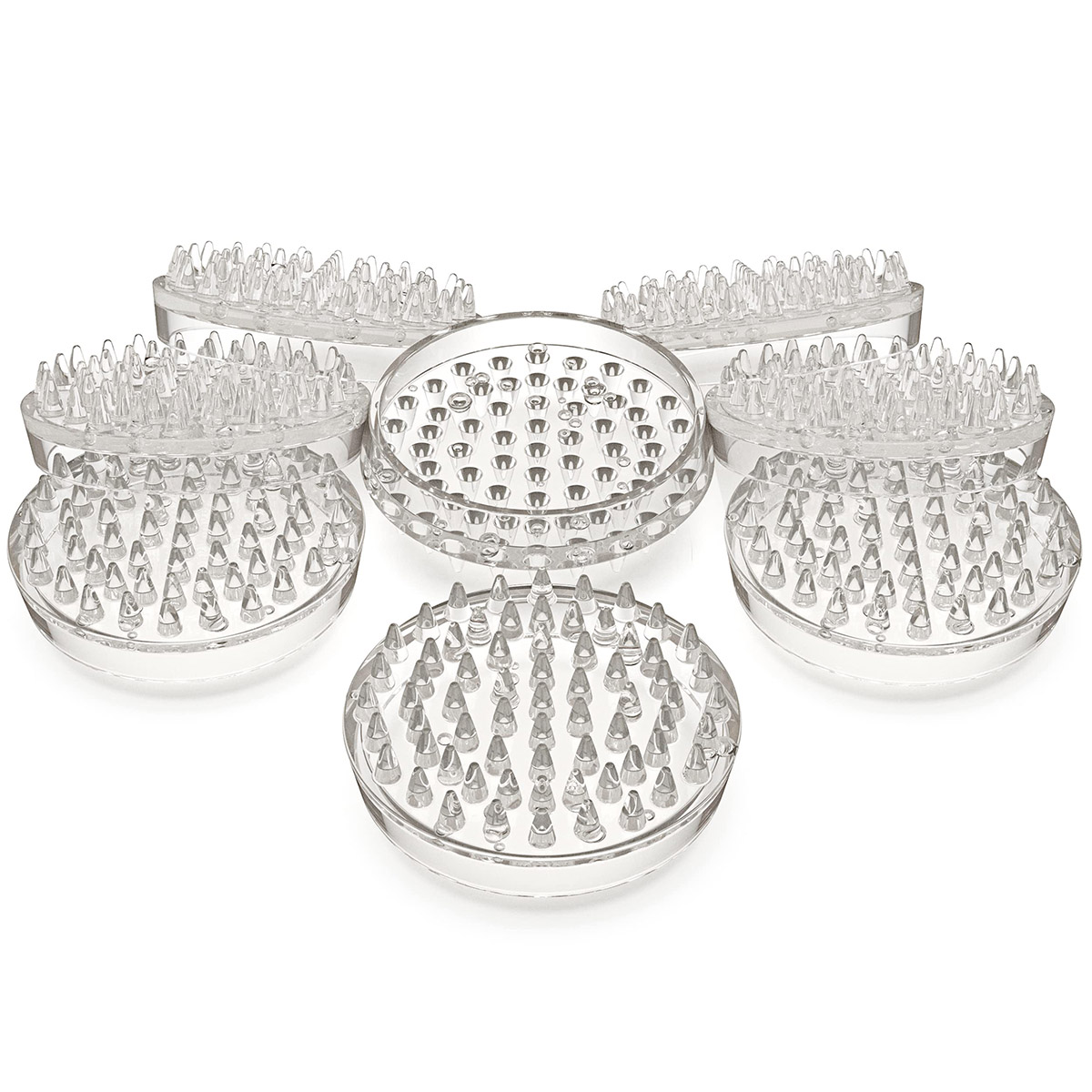
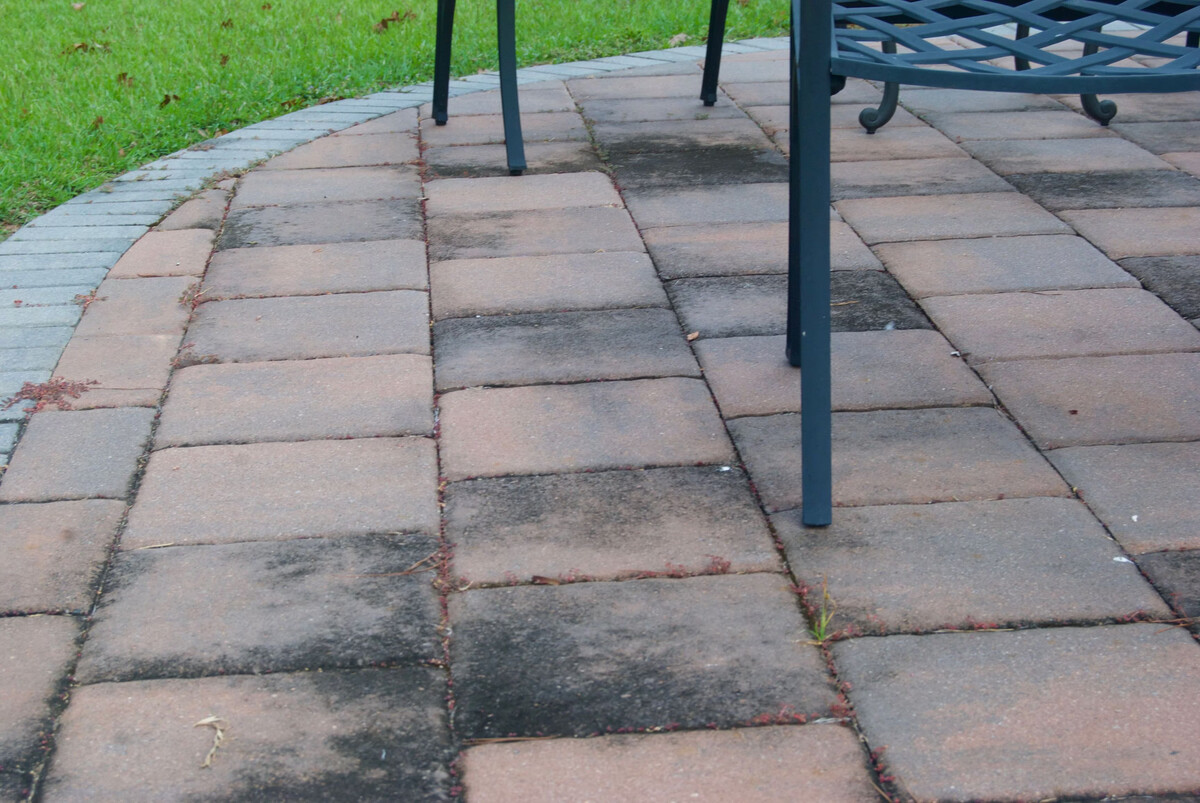
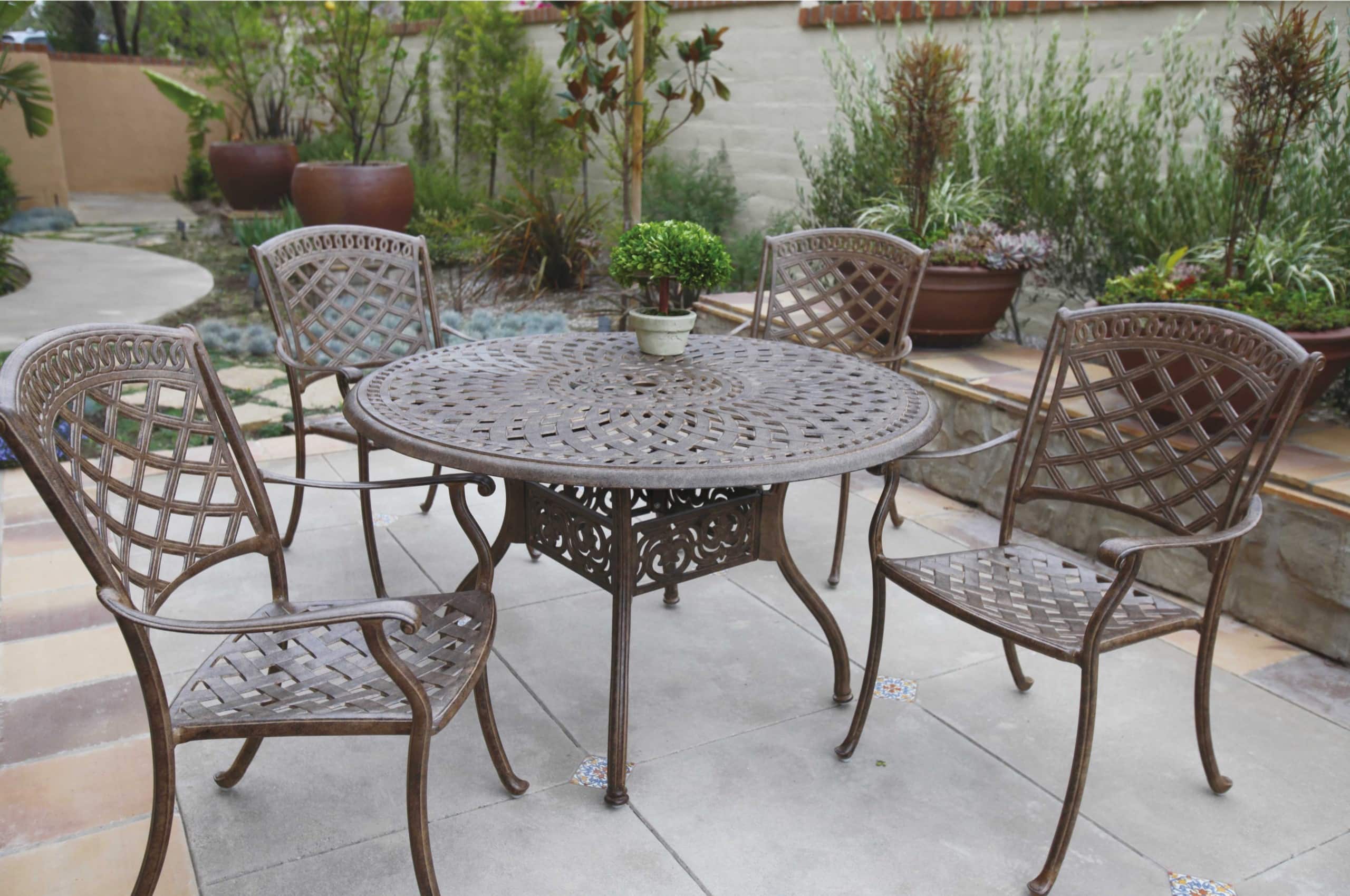

0 thoughts on “How To Prevent Rust On Patio Furniture”